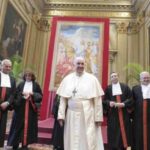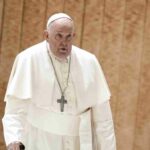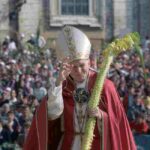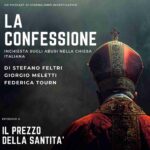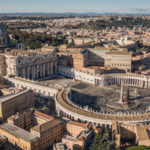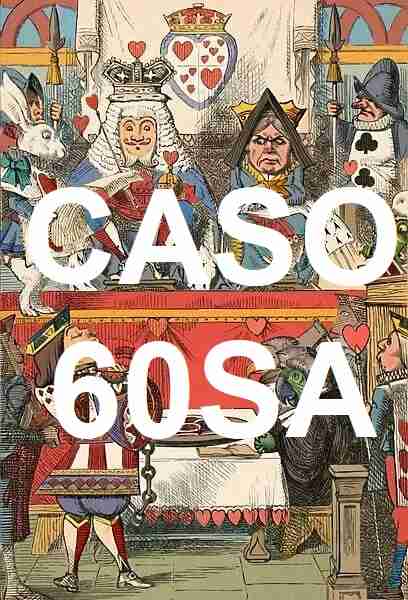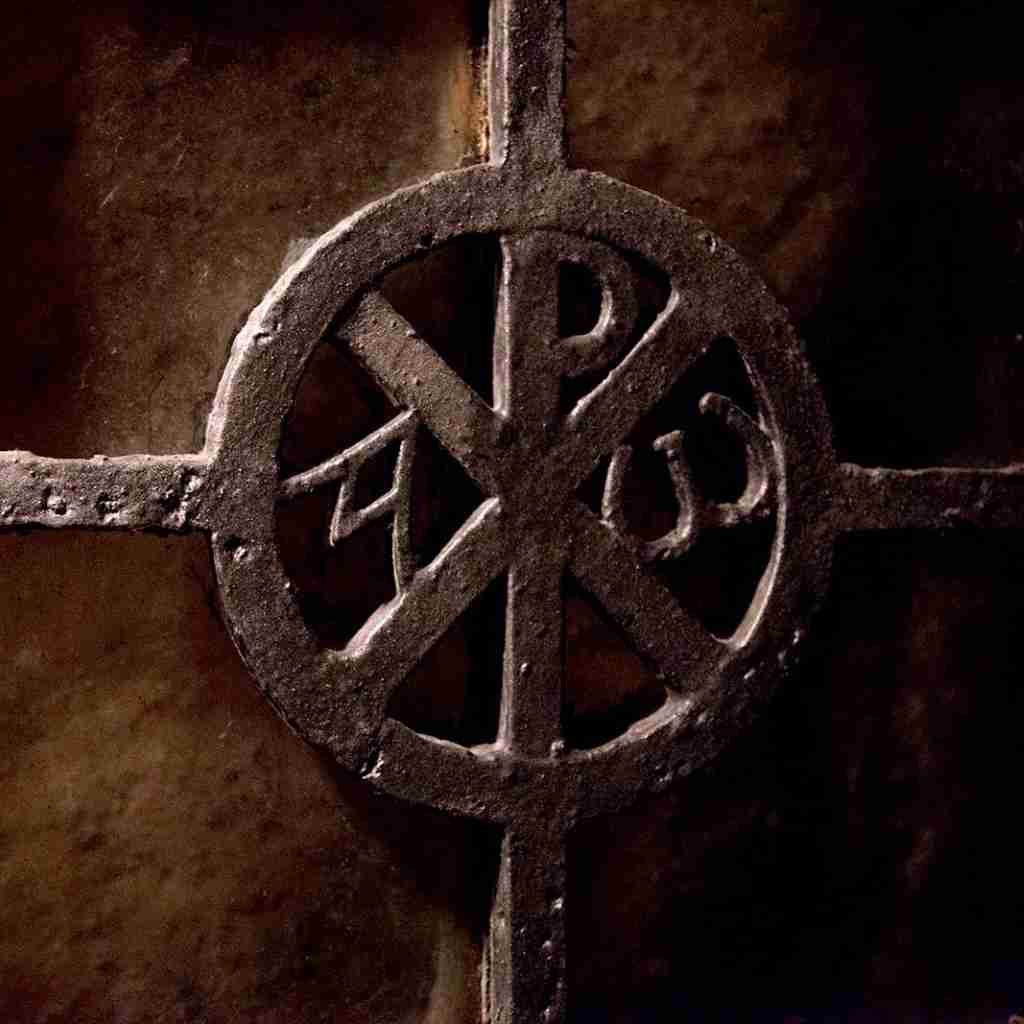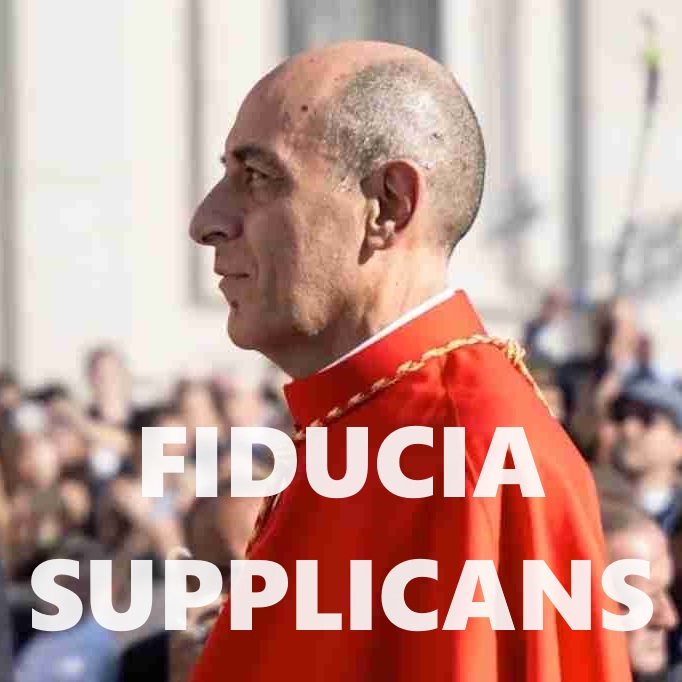Il Capo della Comunione anglicana Rev Justin Welby: “Gesù non era bianco”. E le statue da rimuovere
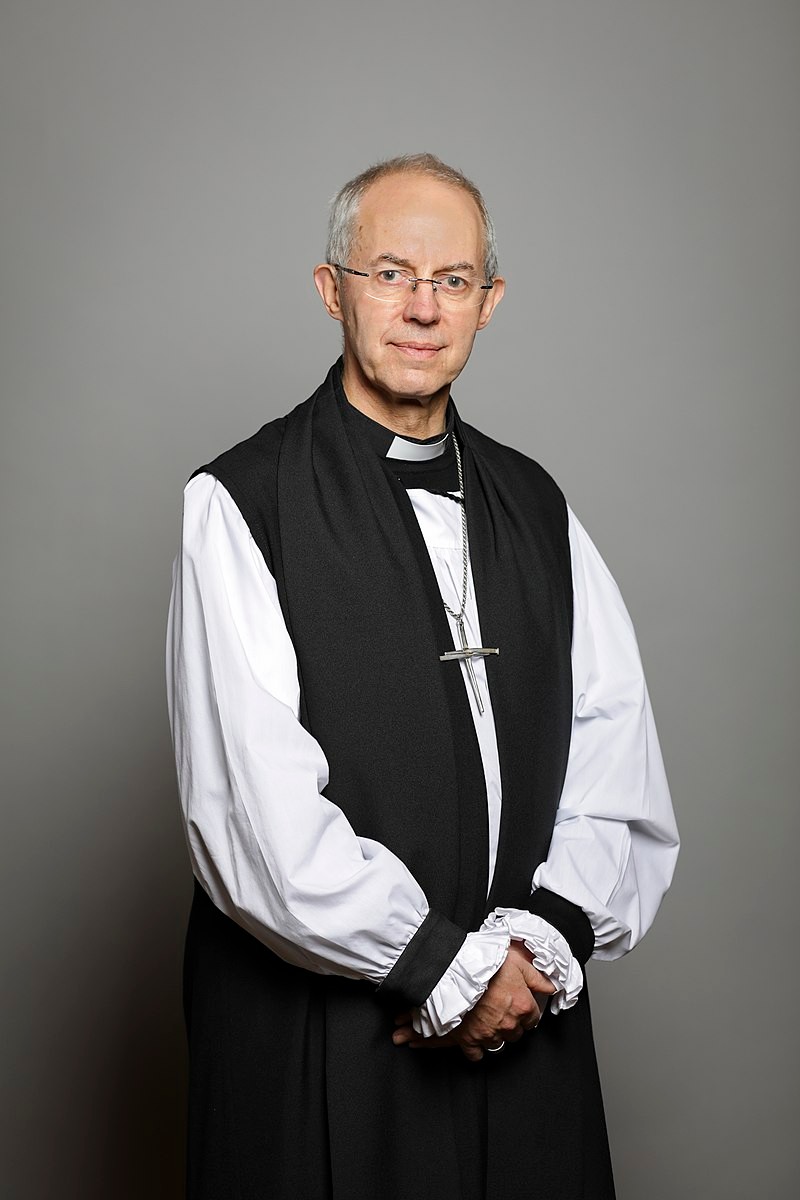
L’Arcivescovo di Canterbury, Primate della Chiesa anglicana e Capo della Comunione anglicana mondiale Justin Welby, intervistato questa mattina nel programma popolare “Today” del Canale 4 Radio della BBC, a una domanda sull’opportunità di rimuovere alcune statue dalle cattedrali anglicane come chiesto da “Black Lives Matter”, ha risposto che “stiamo considerando questa richiesta”, ma “è importante, in questo momento, risanare le ferite del passato”. Esortando al perdono, ha citato Papa Francesco: “Ci deve essere questa svolta, questa conversione, come l’ha definita il Papa”.
“Ho la fortuna di guidare la comunione anglicana e ho visitato 165 paesi. Quando vai nelle chiese di questi paesi non vedi un Gesù bianco. Vedi un Gesù nero, un Gesù cinese, un Gesù del Medio Oriente – che naturalmente è il più accurato – vedi un Gesù delle isole Fiji… Vedi Gesù ritratto in tanti modi quanti sono le cultura, le lingue, le comprensioni”, ha detto Welby, sullo sfondo del dibattito, acceso nel mondo anglofono, delle connessioni tra cristianesimo e civiltà bianca. “Non penso si debba buttare via tutto quello che viene dal passato, ma ciò ricorda l’universalità del Dio divenuto pienamente umano”, ha detto l’Arcivescovo di Canterbury.
Interpellato sul tema della statue abbattute negli Stati Uniti e in diverse altre parti del mondo, un dibattito che ha toccato anche figure del passato delle Chiese cristiane, Welby ha detto che è possibile che alcune vadano riviste anche nella Cattedrale di Canterbury o nell’Abbazia di Westminster: “Quando cammini nella Cattedrale di Canterbury, ci sono monumenti ovunque, o all’Abbazia di Westminster, e noi le stiamo guardando e alcune dovranno scendere”. La questione, ha precisato il Primate della Chiesa angelicana, va tratta “con grande cautela” e considerata “nel contesto”.
Archbishop of Canterbury says Church must think again about portraying Jesus as white and reveals plan to look “very carefully” at whether statues in Canterbury Cathedral “should be there”
He said Jesus is portrayed differently, and Middle Eastern was “most accurate”
Asked if the West needs to reimagine Jesus’ whiteness, he said: “Yes of course”
by Jack Elsom
The Daily Mail (Mail on line), 26 June 2020
The Archbishop of Canterbury has urged the West to reconsider its prevailing mindset that Jesus was white – as he revealed a review into religious statues. Justin Welby said monuments in Canterbury Cathedral are going to be looked at “very carefully” to see if they all “should be there”.
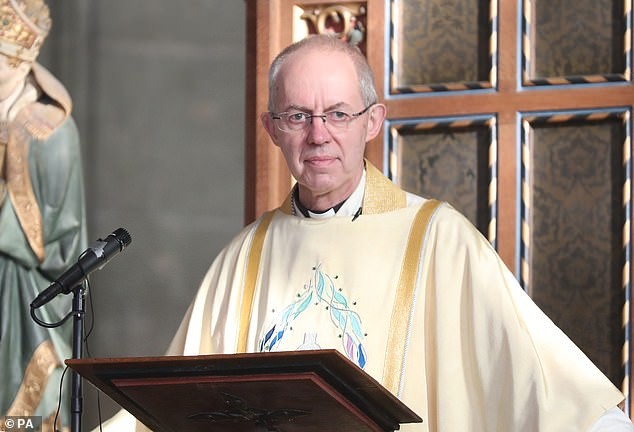
The head of the Church of England waded into the heated statue debate during an interview this morning, where he was also asked if the “way the western church portrays Jesus needs to be thought about again”. He immediately replied: “Yes of course it does, this sense that God was white… You go into churches (around the world) and you don’t see a white Jesus. You see a black Jesus, a Chinese Jesus, a Middle Eastern Jesus – which is of course the most accurate – you see a Fijian Jesus”. Rev Welby stressed his view was not to “throw out” the past but instead offer a rounded picture of the “universality” of Christ.
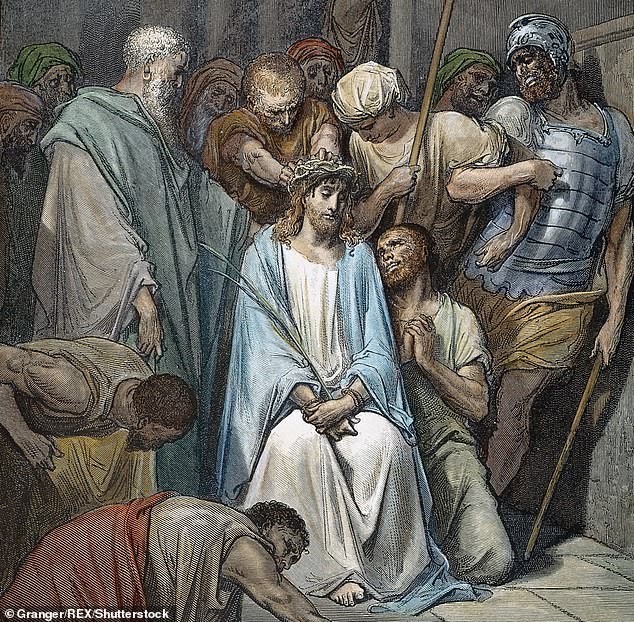
Speaking this morning in a wide-ranging interview Rev Welby told BBC’s Today: “Jesus is portrayed in as many ways as there are cultures languages and understandings. And I don’t think that throwing out everything we’ve got in the past is the way to do it but I do think saying ‘that’s not the Jesus who exists, that’s not who we worship’, it is a reminder of the universality of the God who became fully human”.
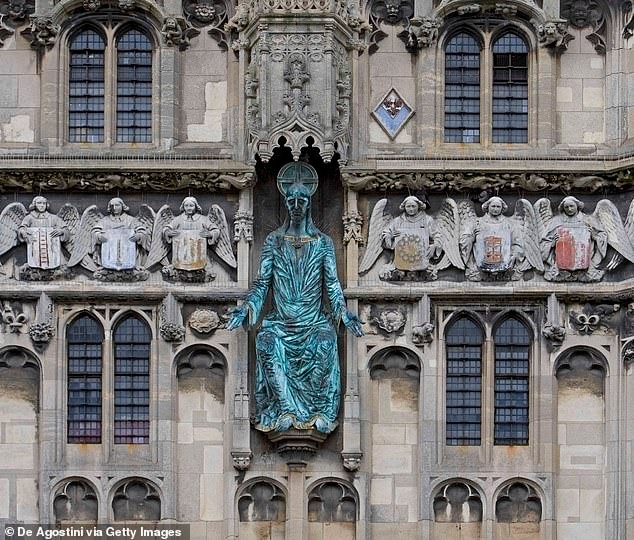
Rev Welby also revealed that statues in Canterbury Cathedral would be under the microscope on the back of a nationwide Black Lives Matter campaign to rip down monuments to controversial figures. Speaking about the recent calls for statue removals, he said people should forgive the “trespasses” of people immortalised in the form of statues, rather than tearing them down. But he added: “We can only do that if we’ve got justice, which means the statue needs to be put in context. Some will have to come down”.
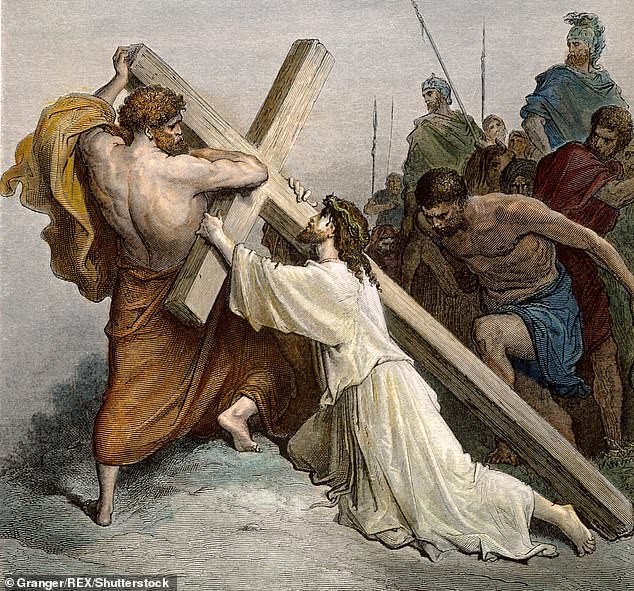
He added: “Some names will have to change. I mean, the church, goodness me, you know, you just go around Canterbury Cathedral, there’s monuments everywhere, or Westminster Abbey, and we’re looking at all that, and some will have to come down. But yes, there can be forgiveness, I hope and pray as we come together, but only if there’s justice. If we change the way we behave now, and say this was then and we learned from that, and change how we’re going to be in the future, internationally, as well”.
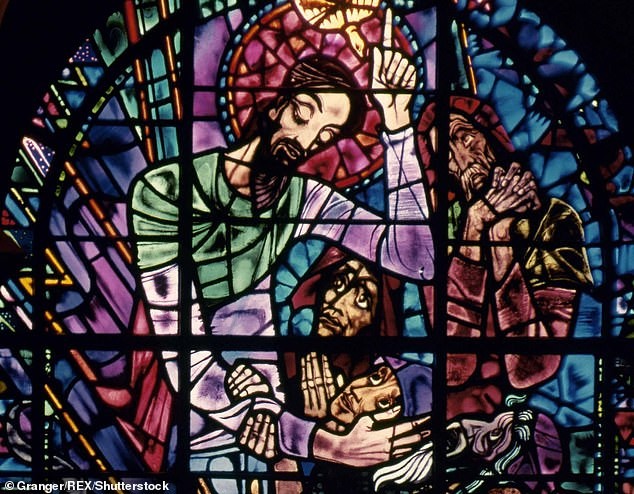
He said he does not have the power to unilaterally remove statues in Canterbury Cathedral, but said the Church would be reviewing the monuments. Pressed on whether he was saying statues will be torn down in the cathedral, Rev Welby said: “No I didn’t say that. I very carefully didn’t say that”. He said it is not his decision, and told the Today programme: “We’re going to be looking very carefully and putting them in context and seeing if they all should be there”. Rev Welby added: “The question arises. Of course it does”. He said it is “what people do at times like this”, adding: “And it’s a good thing, but there has to be, for forgiveness, there has to be this turning round, this conversion, the Pope called it. The change of heart that says we learned from them not to be like that, and to change the way we are in the future”. It is unclear which statues will be reviewed, and Lambeth Palace did not immediately respond to request for clarification. Dozens of sculptures line the walls of the magnificent Cathedral in Canterbury, ranging from William, Duke of Normandy to Queen Elizabeth II.
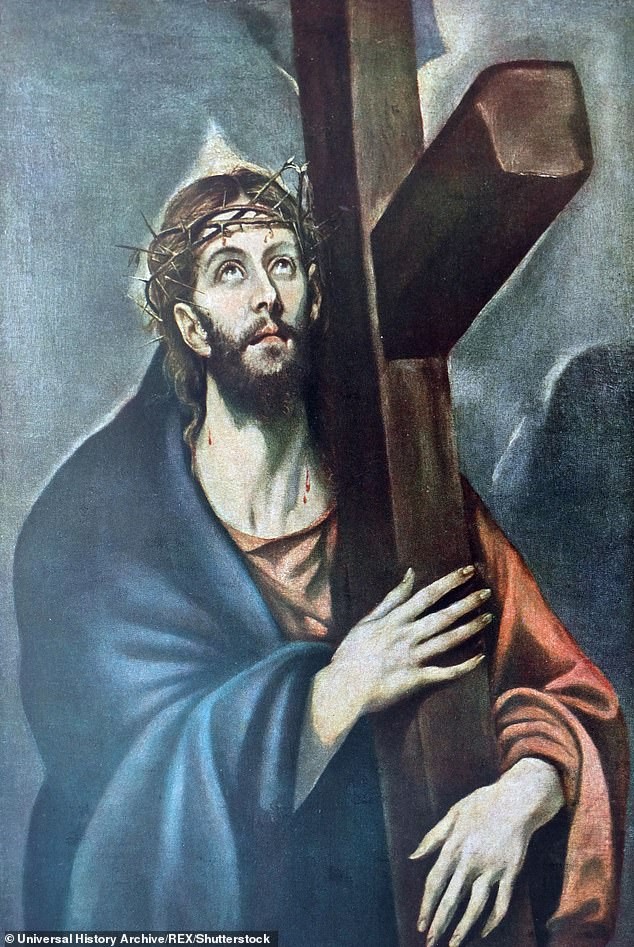
The Archbishop said that forgiveness and justice must go hand in hand, and added: “We’ve seen in some of the crises we’ve first over the last few months, not just Covid, but also Black Lives Matter and the economic downturn, that there is great injustice. And we need a collective turning away from that, which is what repentance means, but we also need to learn to forgive”.
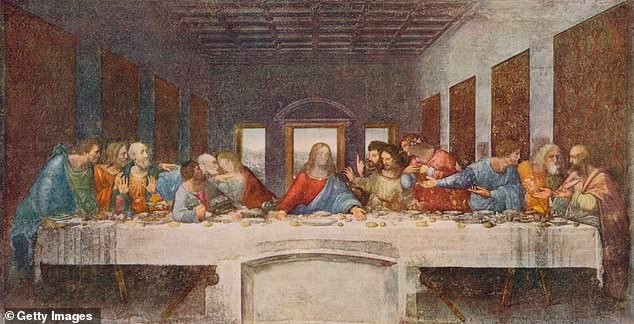
A white man? The portrayals of Jesus through time
No physical description of Jesus is found in the Bible, but he’s typically depicted as Caucasian in Western works of art, but has also been painted to look as if he was Latino or an Aboriginal. It’s thought this is so people in different parts of the world can more easily relate to the Biblical figure. The earliest depictions shown him as a typical Roman man, with short hair and no beard, wearing a tunic. It’s thought that it’s not until 400AD that Jesus appears with a beard. This is perhaps to show he was a wise teacher, because philosophers at the time were typically depicted with facial hair. The conventional image of a fully bearded Jesus with long hair did not become established until the 6th century in Eastern Christianity, and much later in the West. Medieval art in Europe typically showed him with brown hair and pale skin. This image was strengthened during the Italian Renaissance, with famous paintings such as The Last Supper by Leonardo da Vinci showing Christ. Modern depictions of Jesus in films tend to uphold the long-haired, bearded stereotype, while some abstract works show him as a spirit or light.
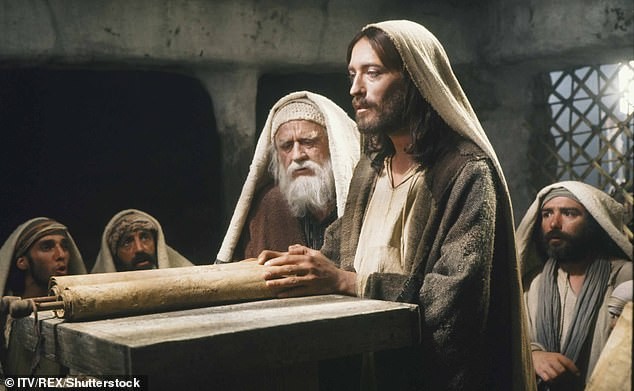
Is this the REAL face of Jesus?
Forensic experts use ancient Semite skulls to reveal what Christ may have looked like
In 2015, retired medical artist Richard Neave has recreated the face of “Jesus” by studying Semite skulls using modern-day forensic techniques. His portrait shows the Son of God may have had a wide face, dark eyes, a bushy beard and short curly hair, as well as a tanned complexion. These features would likely have been typical of Middle Eastern Jews in the Galilee area of northern Israel.
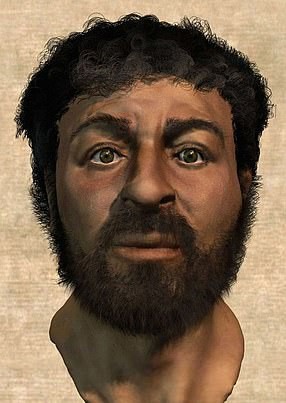
Dr Neave stressed the portrait is that of an adult man living at the same time and place as Jesus, but some experts say his depiction is still likely far more accurate than paintings by the great masters. Without a skeleton or remains that can be categorically confirmed as Jesus, and a lack of physical descriptions in the New Testament, many previous images have been based either on the society in which the painter or sculptor lived, or hearsay. The technique uses cultural and archaeological data, as well as techniques similar to those used to solve crimes to study different groups of people. The team hypothesised Jesus would have had facial features typical of Galilean Semites of his era, based on a description of events in the Garden of Gethsemane, written in the New Testament in the Gospel of Matthew. He wrote that Jesus closely resembled his disciples. Dr Neave and his team X-rayed three Semite skulls from the time, previously found by Israeli archaeologists.
Articoli precedenti
– Cosa insegna il vandalismo delle statue di San Junípero Serra – Prima parte – 25 giugno 2020
– Cosa insegna il vandalismo delle statue di San Junípero Serra – Seconda parte – 25 giugno 2020
Foto di copertina: Justin Portal Welby (Londra, 6 gennaio 1956). Il 9 novembre 2012, l’ufficio del Primo ministro britannico ha annunciato la sua nomina come nuovo Arcivescovo di Canterbury. Il 10 gennaio 2013 è stato eletto formalmente nella Cattedrale di Canterbury e ha preso legalmente l’incarico il 4 febbraio 2013 in un’altra cerimonia nella Cattedrale di St Paul. È primate della Chiesa anglicana di tutta l’Inghilterra e Capo simbolico della Comunione Anglicana a livello mondiale. È coniugato con Caroline Eaton, con cui ha avuto sei figli.


